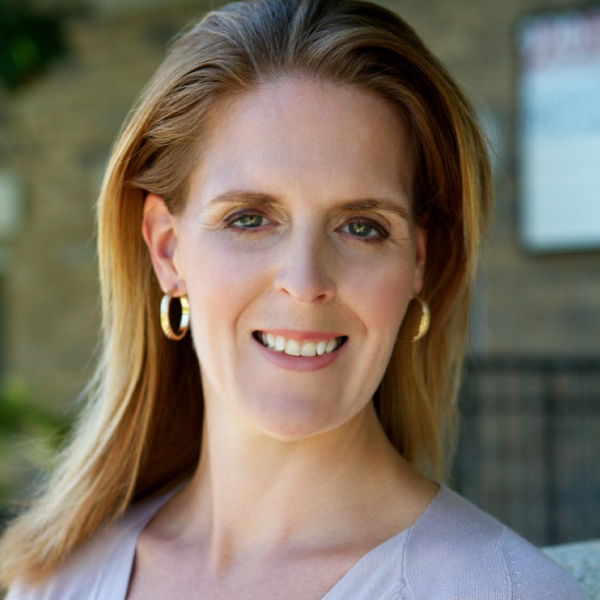SR&ED is the name of the largest and most important corporate tax incentive program in Canada. It is also the most complicated. SR&ED stands for Scientific Research and Experimental Development.
This program is essentially viewed as the “R&D Program” of Canada, to use a colloquial term that is familiar to most people. However, with that association comes many misconceptions.
Let’s clear up some of those misconceptions:
- SR&ED is not a technology program. Or a software program. Or a manufacturing program. Or an engineering program. Or a pharmaceutical program. The program covers all of these areas, and more
- A comprehensive list of eligible categories can be found here.
- SR&ED provides government funding for “advancements in knowledge, in a field of technology, science or medicine, within a corporation”. It is the knowledge that CRA is looking for, not the product, or the gadget, or the app, or the new user platform or the nifty business model.
- SR&ED is specifically not a program that even considers innovation as a qualifying factor. Innovation is quite frankly irrelevant.
- Innovative projects or businesses that use well-known technology will usually find that their projects are not eligible and they may be rejected by CRA if selected for technical review.
- Innovative projects might include pockets of eligible technical work. It’s important to differentiate between routine areas of work, and those that go beyond standard practices and routine engineering.
- The SR&ED program is administered by academics in fields of technology and science. Many SR&ED reviewers have attained education at the Masters or PhD levels.
- SR projects are fundamentally different than ED projects.
- Experimental Development projects need to demonstrate that a technological uncertainty or obstacle existed, or in the case of software / IT claims, gaps and limitations in technology. Standard practices and engineering are eligible activities only when it can be demonstrated that the uncertainty, obstacle, gap or limitation existed first.
- SR projects, the claimant needs to demonstrate that a scientific or medical uncertainty existed, but not an obstacle. The knowledge is usually obtained after collecting data commensurate with the needs of the study and then performing critical meta-analysis of the scientific or medical uncertainties involved. As such, even informal epidemiology studies within a clinical practice can be eligible, in addition to formal clinical trials and development of new pharmaceutical medicines within highly rigorous environments.
So, if you’ve got an innovative project, a new website, a new platform that connects users with a service, a new way of organizing information, a new billing model, those types of projects typically don’t qualify for SR&ED.
If your project is truly innovative but doesn’t qualify for SR&ED, you may consider applying for IRAP. The IRAP program is a grant program, not a tax credit program.
However, if you have started an innovative project and run into technological roadblocks, then you might qualify for SR&ED funding. Typical scenarios include:
- Non-standard integrations or deployments
- Incompatible technologies, platforms, languages
- Advanced encryption methods and extensions to existing programming languages
- Development of new software frameworks, including tools and modules
- Design of equipment / machinery and/or use of materials beyond known thermal or mechanical limitations
A final word for first time claimants. 100% of first time claims are screened by CRA. This means, your case is going to be sent for a detailed internal review.
- If your case is deemed low-risk, you will receive an FTCAS letter (First Time Claimant Advisory Service), in which case you will have to meet with CRA, but your case will not be scrutinized, audited or reduced. This is considered a good result, but doesn’t guarantee that your case won’t be reviewed in future years.
- If your case is not deemed low-risk, or if there are any concerns with the technology or amounts claimed, then CRA may schedule an on-site technical or financial review. You will need to defend your claim.
- If you are selected for an SR&ED audit, it is highly advisable to have an SR&ED policy expert representing you.
If you are considering the SR&ED program and you would like a professional opinion on eligibility, please contact Bond Consulting Group.
This article was written by Julie Bond, President of Bond Consulting Group. For more SR&ED articles, visit our Blog. To learn more about SR&ED, visit our Video Learning Centre.






